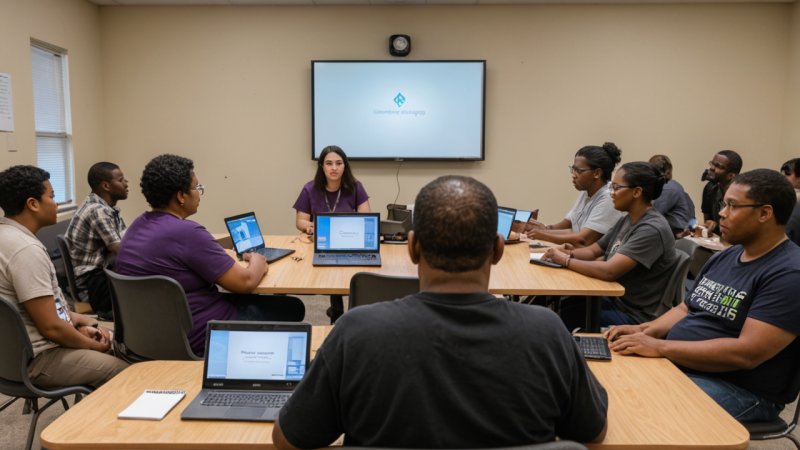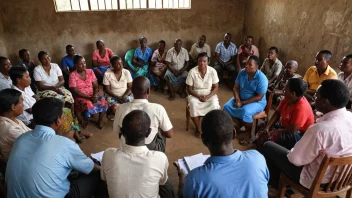Introduction
The digital divide refers to the gap between individuals who have access to modern information and communication technology and those who do not. In underserved communities, this divide can exacerbate existing inequalities in education, employment, and health outcomes. Addressing this issue is crucial for promoting social justice and ensuring that everyone can participate in the digital economy. Here are seven effective ways to bridge the digital divide.
1. Expand Internet Access
Increasing infrastructure investment is essential for providing reliable internet access in underserved areas. This can be achieved through public-private partnerships that focus on expanding broadband services and reducing costs for low-income families.
2. Provide Affordable Devices
Many individuals in underserved communities lack the necessary devices to access the internet. Programs that offer affordable or subsidized laptops and tablets can empower these individuals to engage with educational and employment opportunities online.
3. Enhance Digital Literacy Programs
Digital literacy is a critical skill in today’s job market. Communities should establish or expand programs that teach essential digital skills, such as navigating the internet, using software applications, and practicing online safety. These programs can be offered in schools, community centers, or libraries.
4. Foster Community Partnerships
Collaboration between local organizations, schools, and businesses is vital for creating comprehensive solutions to the digital divide. By working together, these entities can pool resources and share expertise to develop initiatives that meet the specific needs of their communities.
5. Advocate for Policy Changes
Policy advocacy plays a crucial role in addressing systemic issues contributing to the digital divide. Engaging with local and national policymakers to promote legislation that supports affordable internet access and technology education can create lasting change.
6. Create Safe Online Spaces
As more people connect online, it’s vital to ensure that digital spaces are safe and inclusive. Initiatives that promote online safety education and support for marginalized groups can help build trust and encourage participation in the digital world.
7. Leverage Social Media for Awareness
Utilizing social media platforms to raise awareness about the digital divide and its impacts can mobilize community support. Creating campaigns that highlight personal stories and the importance of digital equity can inspire action and encourage more individuals to get involved.
Conclusion
Addressing the digital divide in underserved communities is a multifaceted challenge that requires concerted efforts from various stakeholders. By expanding internet access, providing affordable devices, enhancing digital literacy, fostering partnerships, advocating for policy changes, creating safe online spaces, and leveraging social media, we can work together to ensure that everyone has the opportunity to thrive in the digital age. Bridging this gap is not just about technology; it’s about empowering individuals and promoting equality in our society.






